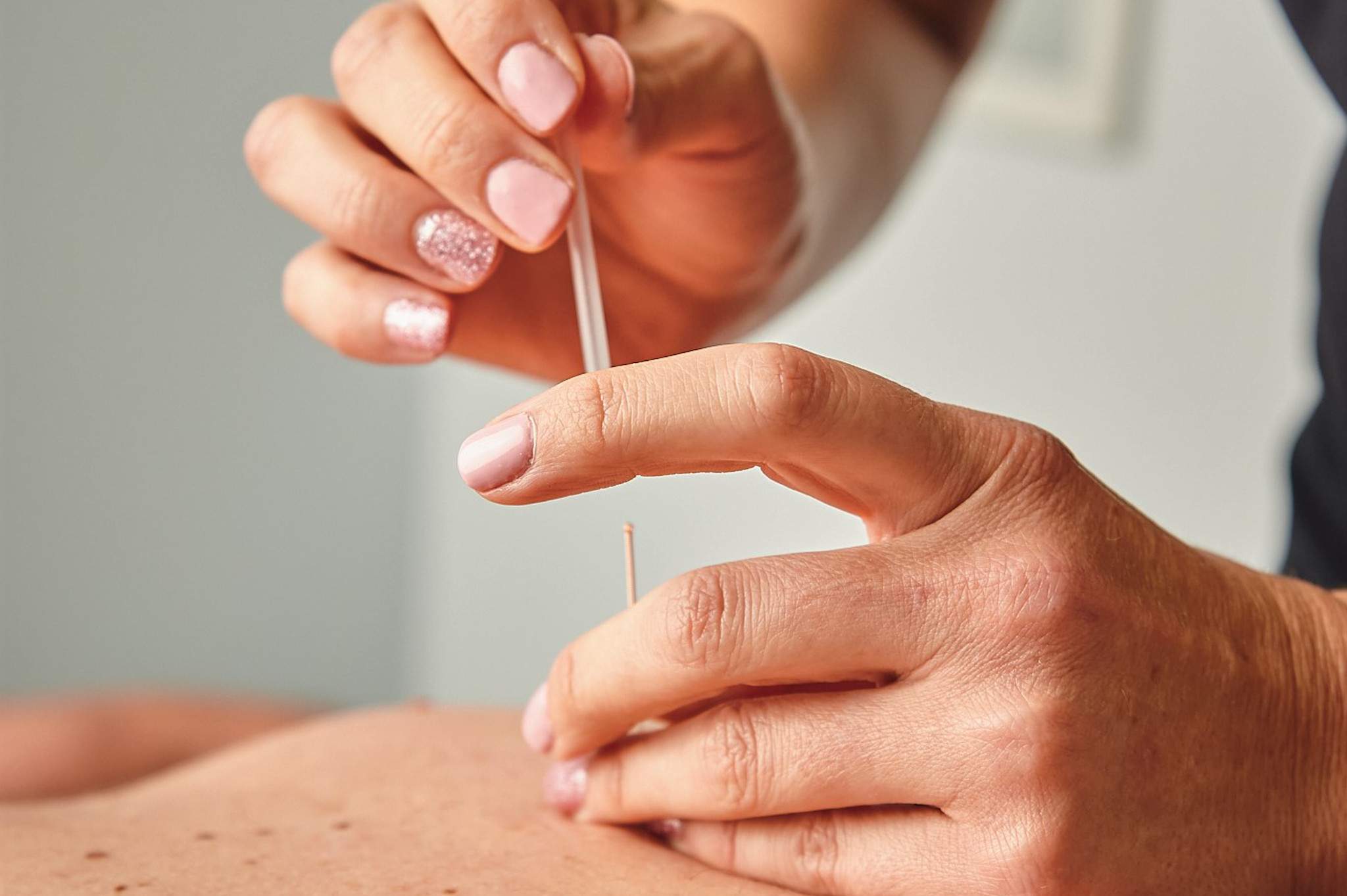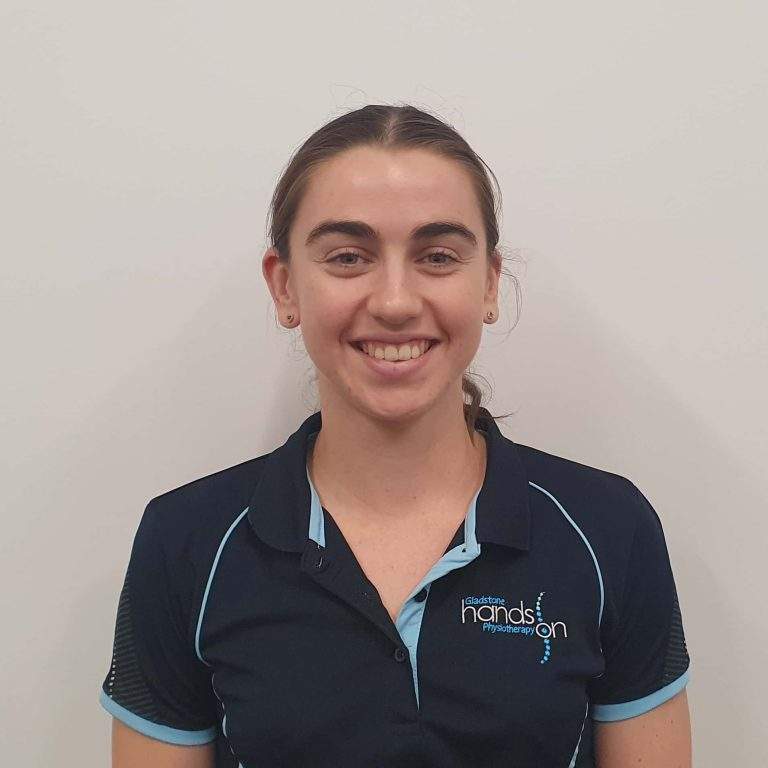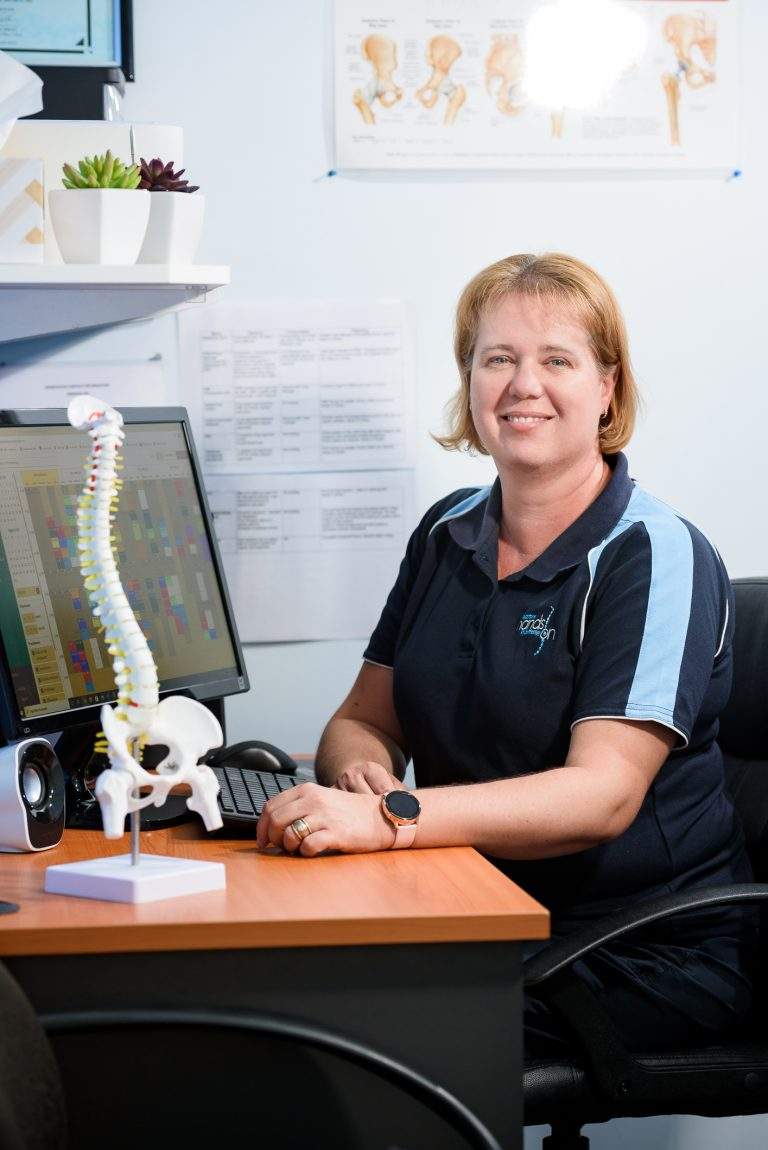Dry Needling is very similar to acupuncture as it also uses needles to elicit an effect in the body.

Dry Needling is very similar to acupuncture as it also uses needles to elicit an effect in the body. The difference between the two techniques is that Dry Needling is based on scientific neurophysiology and anatomy principles and acupuncture is based on ancient Chinese medicine and the belief that there has to be a balanced flow of chi in the body in order to be healthy.
A very thin, flexible needle is placed in the affected tissue. Your body responds by sending increased blood circulation to the area. This increase in blood circulation also carries the body’s own anti-inflammatory and pain relief agents. The needles therefor focus the body’s attention on the area to promote and improve healing. It also produces a change in the nervous system which can inhibit the transmission of pain signals.
No. Dry needling is a scientifically based technique and is designed to relieve pain or discomfort by releasing trigger points or tight muscles that are irritable. It is used to elicit a physiological response from the body at the area of concern.
Acupuncture is based on ancient Chinese medicine and is believed to relieve pain or discomfort, or other issues by targeting points along meridian lines, representing bodily organs, and opening a person’s energy flow or chi.
Dry Needling triggers an increase in blood flow to the area being treated and therefore, induces a healing response. Dry needling provides relief for muscular pain and stiffness. In addition, easing the trigger points may improve flexibility and increase range of motion. This method is often used to treat sport injuries, muscle pain, and even fibromyalgia pain.
Dry needling has the added benefit of releasing toxins, which further helps alleviate pain. Trigger point dry needling can cause immediate pain relief in many cases, though it can take a few sessions to be effective.
The actual inserting of the needle is not painful – these needles are very thin and sharp. Sometimes the muscle may twitch when the needle is inserted, and this could feel uncomfortable for some people.
The most common side effects around the insertion site include:
After dry needling, there is usually a noticeable improvement in symptoms within one to two days. How long the benefits will last will vary per individual. The first few treatments will usually have a short length of relief spanning over several days. In many cases, improved mobility is immediate and decreased pain is felt within 24 hours. Typically, it may take a few treatment sessions for a lasting positive effect.


